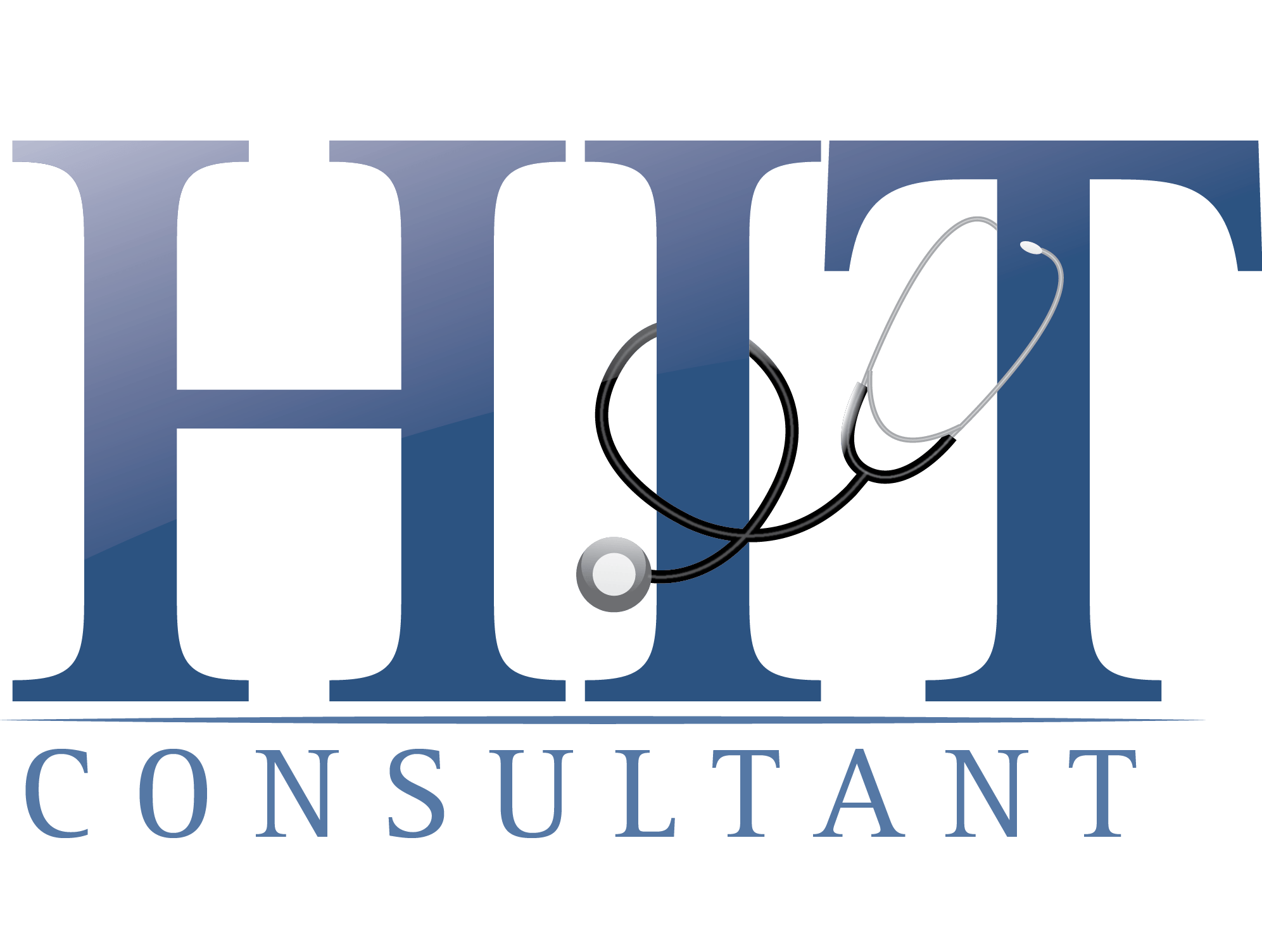
My great-grandfather developed a diabetic wound that ultimately led to a series of amputations, and, not long after, to his death. His story is tragically common: every year, millions of Americans suffer from chronic wounds that could have been managed or healed with timely, adequate care. Instead, they progress to amputation and premature death. The stakes are high. Within a year of a diabetes-related lower-limb amputation, nearly 1 in 5 patients will die.
The toll is personal and national: chronic wounds cost the U.S. healthcare system an estimated $50 billion annually. But beyond the financial burden lies a deeper truth. Access to quality wound care isn’t just a medical issue—it’s a matter of dignity, equity, and public health.
Despite its enormous human and financial costs, traditional wound care remains one of the most under-recognized and underfunded sectors in American healthcare. Millions of wounds go underdiagnosed or undertreated each year, especially chronic wounds caused by diabetes, vascular disease, pressure injuries, or surgical complications. These are not rare conditions. In fact, chronic wounds affect more people than breast, colon, and lung cancer combined. Yet wound care is rarely part of routine primary care, and few medical professionals receive adequate training in its management.
Problem 1: Where Care Happens Is Inconvenient and Expensive
Specialized wound care clinics are concentrated in urban and affluent areas, leaving rural communities and lower-income neighborhoods with few or no options. Many patients are left to navigate their condition with little support, often relying on emergency rooms as a last resort. Home health services, which are critical for elderly or immobile patients, are inconsistently available and fragmented across states.
Solution: Shift Care to the Home
We need to bring care to where patients are. Advances in at-home wound care tools and telehealth can empower patients to self-treat under guidance, easing pressure on overburdened clinics. Some emerging technologies now allow providers to visualize bacteria in wounds, enabling earlier and safer treatment.
Just as millions learned to administer COVID tests during the pandemic, patients can learn wound care basics with clear guidance. Providing at-home care kits, simple instructions, and clear “when to seek help” indicators could transform access. With the right education and tools, millions could prevent complications before they spiral into amputations.
Problem 2: When Care Happens Is Too Late
Traditionally, advanced wound treatments are withheld until wounds are already severe, sometimes requiring patients to wait up to four weeks before accessing them. In those weeks, minor wounds can escalate to catastrophic ones. Delayed intervention is the norm, and certain reimbursement rules incentivize care only after it’s too late.
Solution: Intervene Earlier With Better Tools
Earlier access to effective wound care is critical. No matter how the wound started, better interventions in the early days can accelerate healing and reduce complications. Payers and policymakers must expand reimbursement to cover low-cost, preventive wound care supplies and therapies, not just late-stage interventions. Doing so could prevent thousands of amputations, save billions in healthcare costs, and, most importantly, preserve lives and mobility.
Problem 3: Who Gets Care Is Inequitable
Like many areas of medicine, inequity is deeply embedded in wound care. Black patients, as well as our aging populations, are more likely to suffer from chronic conditions like diabetes and peripheral artery disease. They are also more likely to experience delayed or inadequate care, and more likely to face amputation. One study found Black patients were three times more likely than white patients to undergo amputation, even when controlling for socioeconomic status and comorbidities.
Insurance barriers compound the problem. Reimbursement for wound care supplies, advanced therapies, or specialist visits is limited and inconsistent, particularly for patients on Medicaid or without coverage at all. Providers are often forced to justify each dressing change or therapy, while patients are denied the tools and care they need to prevent escalation. This leads to a cruel irony: amputations, which are far more expensive and life-altering, are covered—while the low-cost interventions that could prevent them are not.
Solution: Policy That Levels the Playing Field
Recent Medicare proposals to cap skin substitute reimbursement rates amplify an important conversation. While controversial, these measures could help reduce fraud, rein in inflated costs, and encourage innovation toward more affordable and accessible treatments. At the same time, they raise questions about how to balance cost savings with ensuring patient access to high-quality care and supporting providers who rely on these therapies. By addressing pricing abuse and redistributing resources, policies like these can help ensure that advanced wound care reaches the patients who need it most, not just those who can afford it.
A Path Forward
We are beginning to see what progress looks like. Wound and ostomy certified nurses (WOCNs), for example, are raising the standard of care through their expertise and advocacy, showing what good wound care can and should look like. Their leadership proves that change is possible, and we need to extend that level of care to every patient, everywhere.
Wound care shouldn’t depend on your zip code, your insurance card, or the color of your skin. It should be a standard of care every patient can access, from day zero to full recovery. If we push toward earlier intervention, better tools, stronger education, and policies that incentivize better and faster patient outcomes for everyone, we can prevent needless amputations, save billions in healthcare spending, and—most importantly—give people their lives back.
My great-grandfather didn’t live to see these possibilities. But countless others still can. We have the tools, the knowledge, and now the policy momentum. What we need is the will to make healing possible for everyone.
About Kayla Rodriguez Graff
Kayla Rodriguez Graff is the Co-founder & CEO of SweetBio®, a human-focused biotech company transforming wound care by making advanced healing accessible to all. VERIS™ is the company’s FDA-cleared, Medicare-covered wound care solution powered by a patented blend of collagen and Manuka honey.

